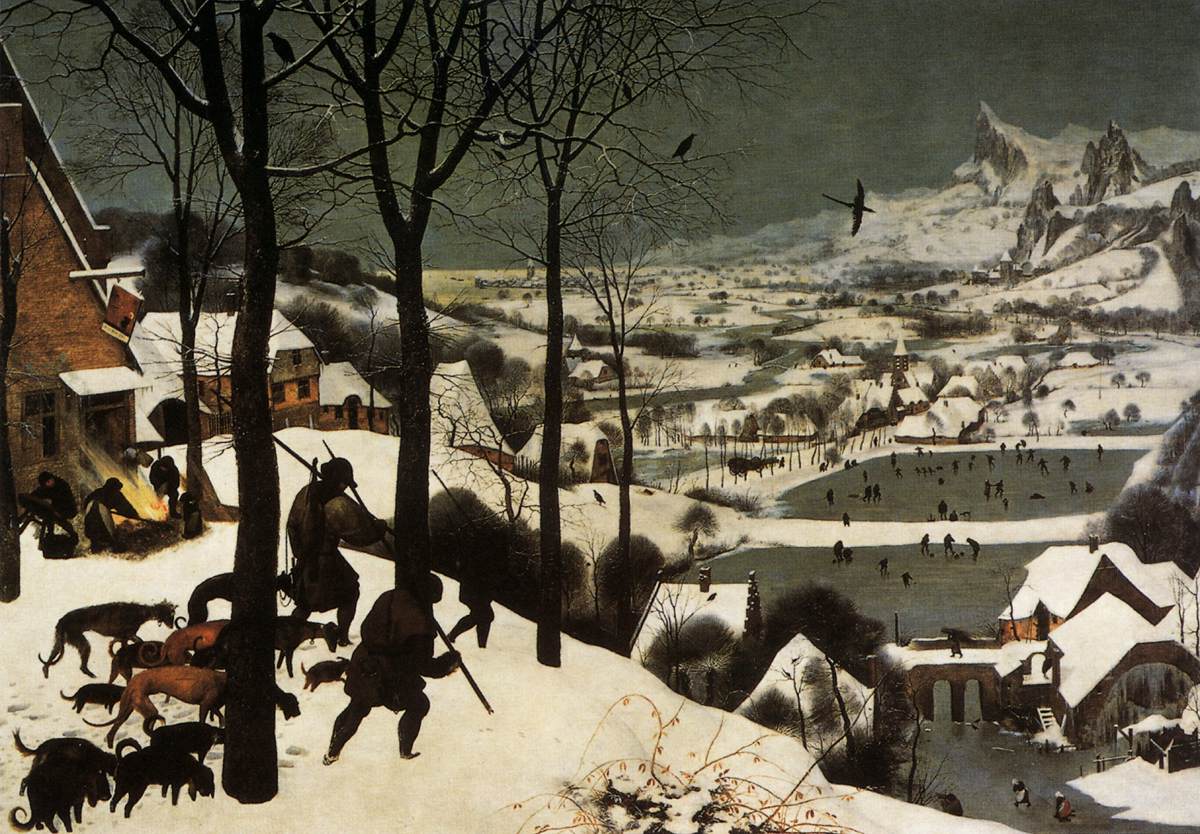 |
| The Hunters in the Snow (with details), 1565, Oil on panel, Vienna |
Ever since I was a young man I became fascinated with medieval life. This fascination was one of the major influences that led me into the pursuit of fantasy illustration. Knights and lords were all well and good, but I became interested in the day-to-day life of the medieval world. Although the Romantics and Victorians often portrayed this life it seemed, even to a young artist, that this was a glossy and idealized depiction. The one artist who seemed to capture the true life of the Gothic world in all its stark reality, not as a recollection or historical fancy, but in real time, was Pieter Bruegel (1525-1569)
Although Bruegel had traveled widely to view the Italian Renaissance masters of Italy and France, he returned to his home in Brussels and went on to depict some of the most astounding images in art history. Adopting the new concepts of atmospheric perspective and chiaroscuro, he defied the renaissance fashion to depict both contemporary and biblical subjects in an idealized classical nature, but instead filled his compositions with the world he saw around him.
In the early years of the Protestant Reformation he was able to balance biblical subjects with what would later be known as Dutch Genre imagery in progenies such as Rembrant and Vermeer. Images of real people, living in a real world.
Bruegel’s paintings are astonishing in their detail. He gives as much attention and care to the rendering of a thatched hovel and poor peasant children as he does to the characters of the bible. There seems to be a grace and beauty in every aspect of his tableaus, from the jumbled basket of tankards in the foreground of “Peasant Wedding”, to the frozen waterwheel in “The Hunter’s in the Snow”, Bruegel was able to tell stories in the details.
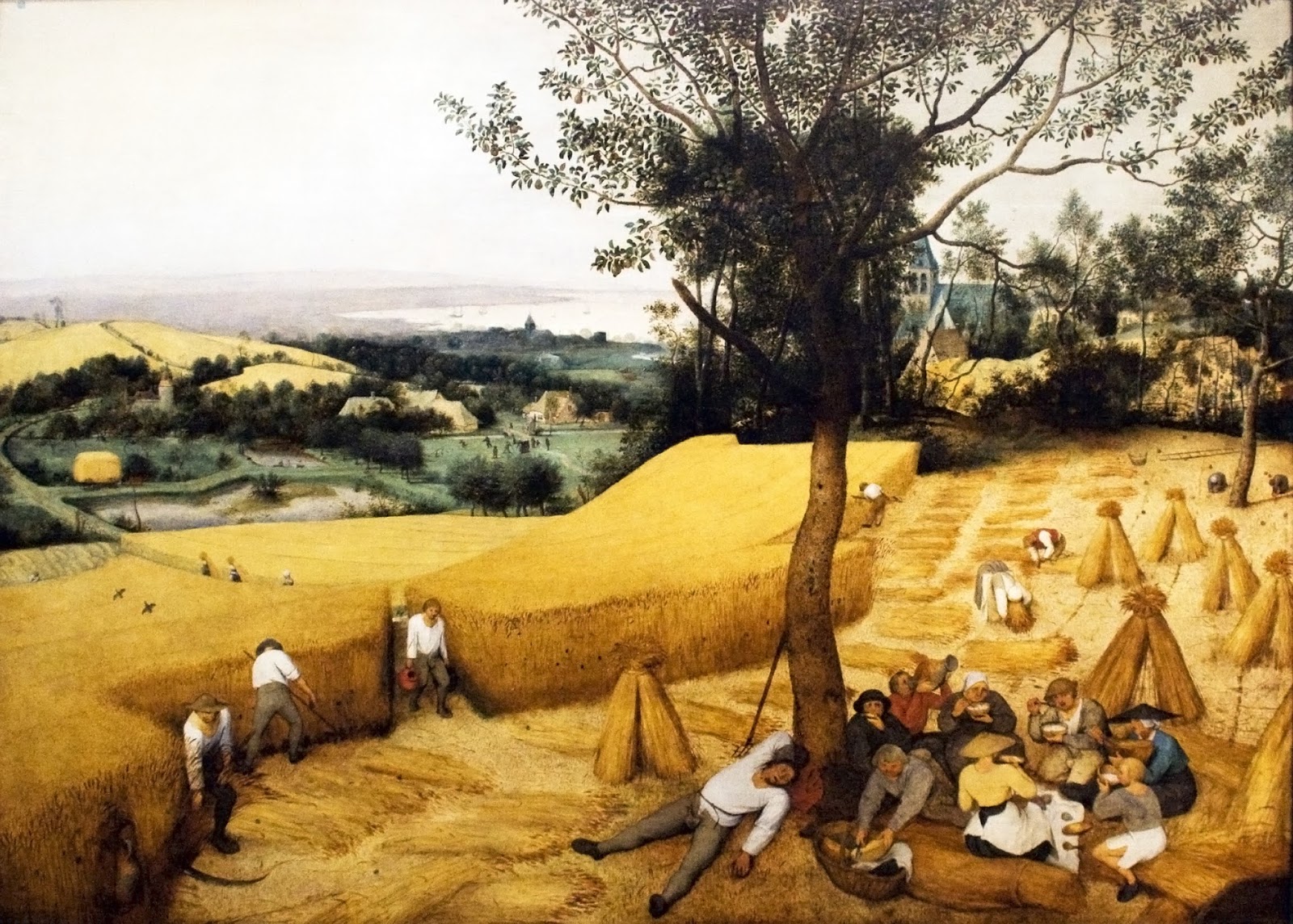 |
| The Harvesters, 1565, Oil on panel |
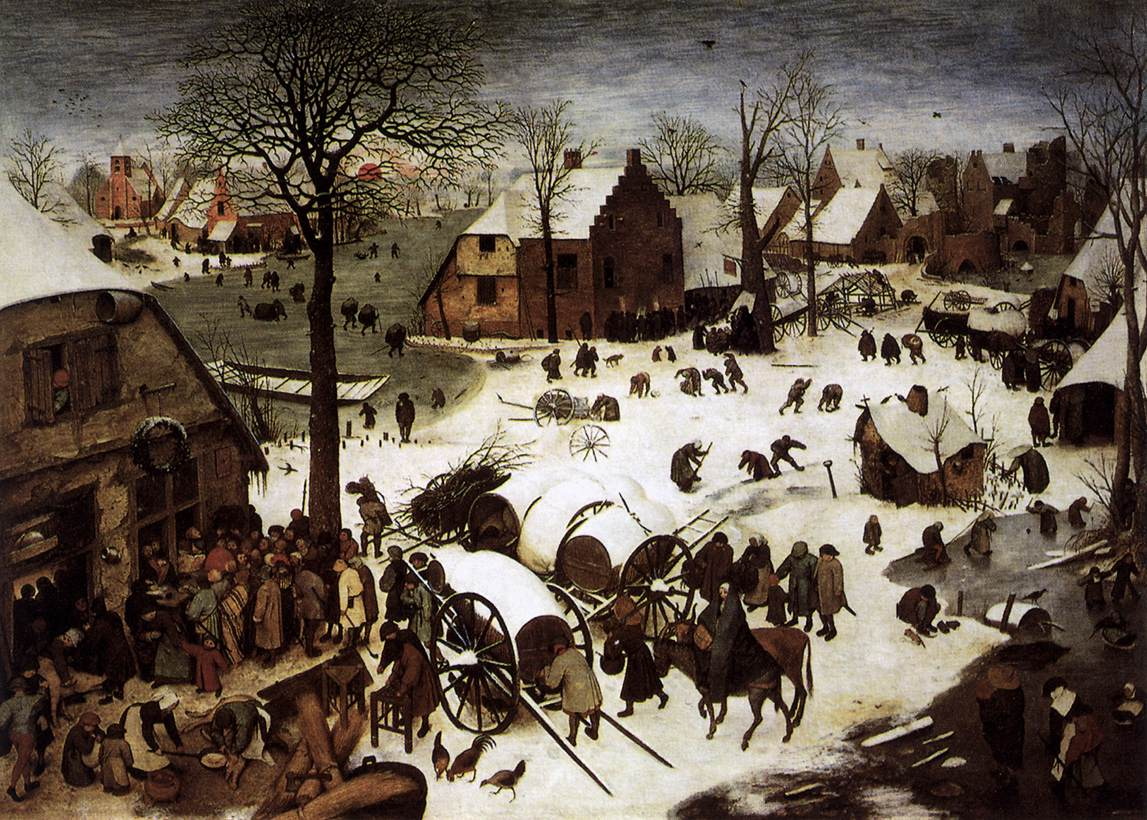 |
| The Census at Bethlehem, 1566, Oil on panel |
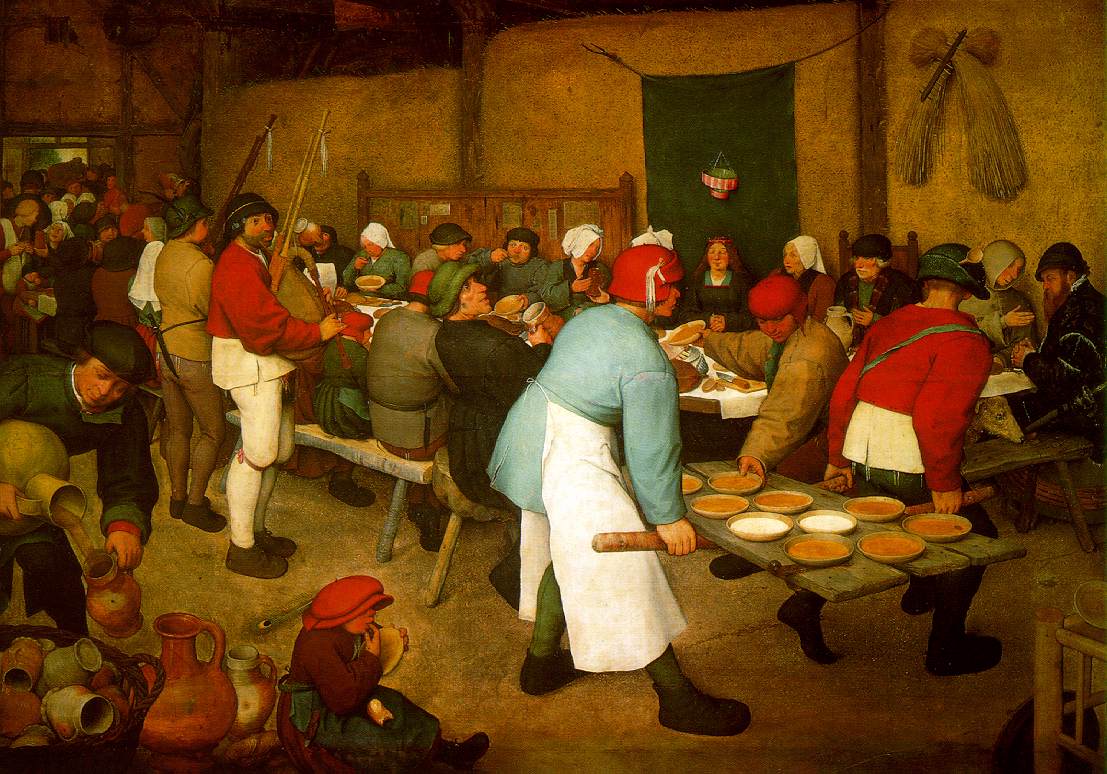 |
| The Peasant Wedding, 1568, Oil on Panel |
If you ever get the chance to see a Bruegel in person they are far more interesting than any reproduction can replicate, like trying to watch a Panavision film on an i-phone.
For an Excellent Documentary on Bruegel in General and his “Census at Bethlehem” in particular, watch:
Go Forth and Learn.
WOC


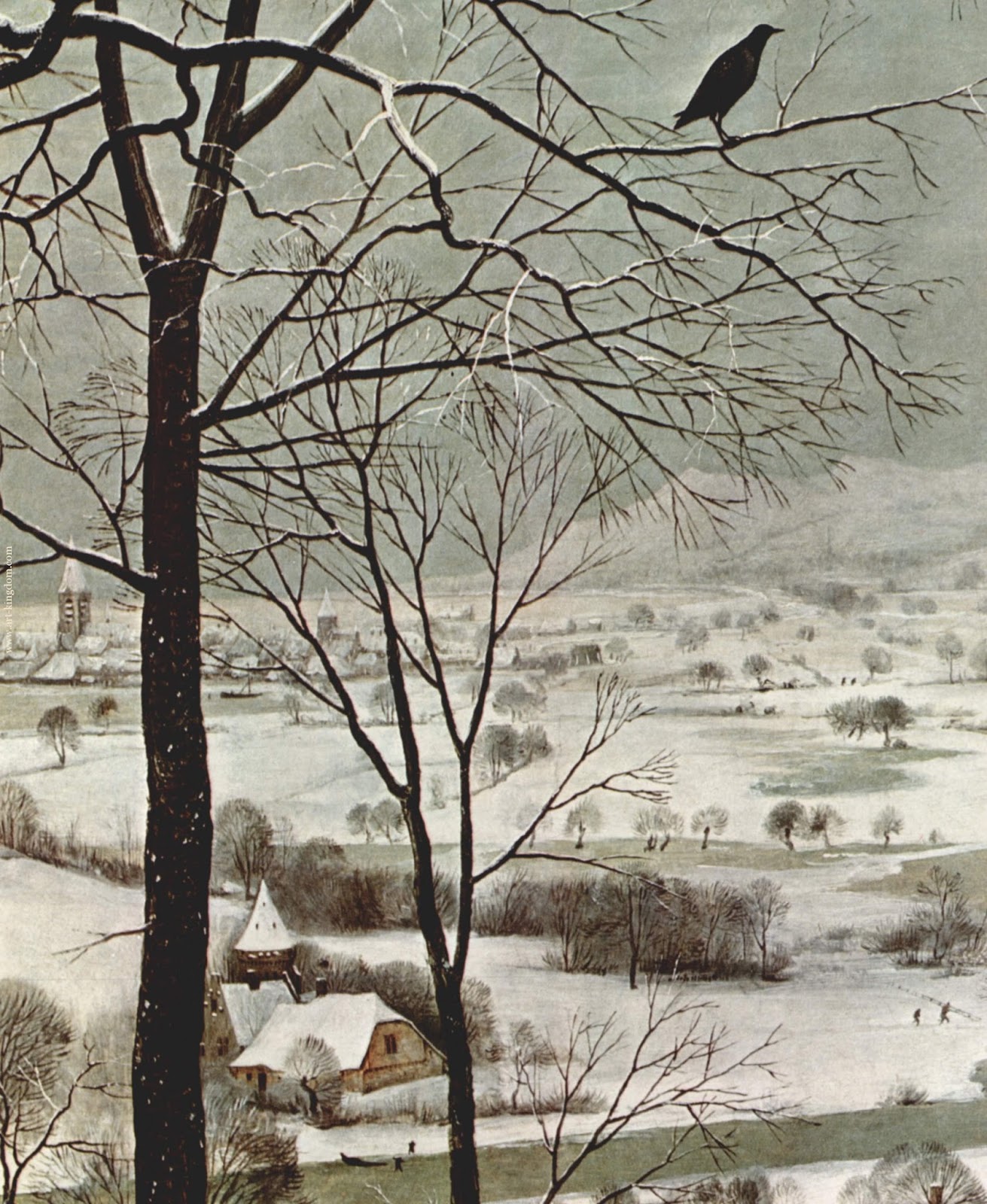
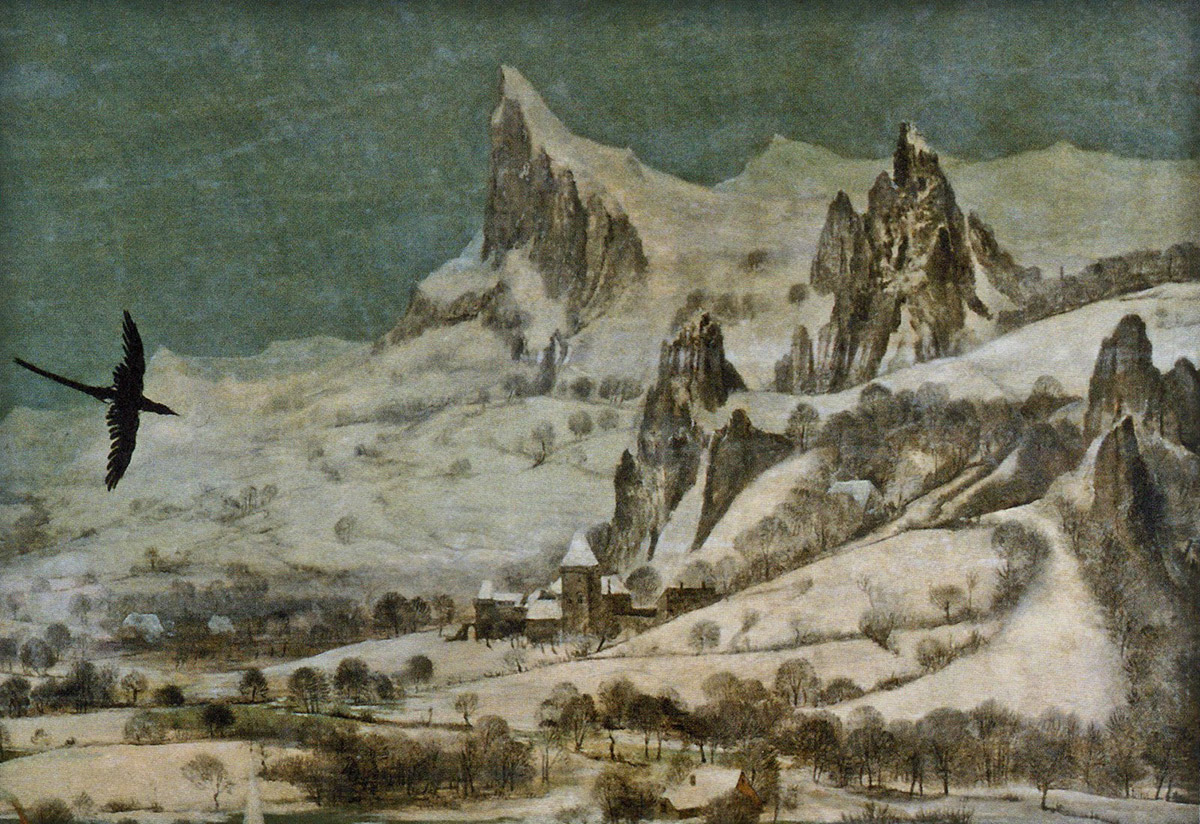
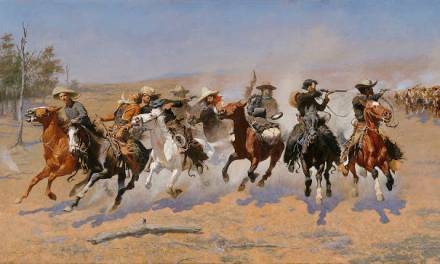
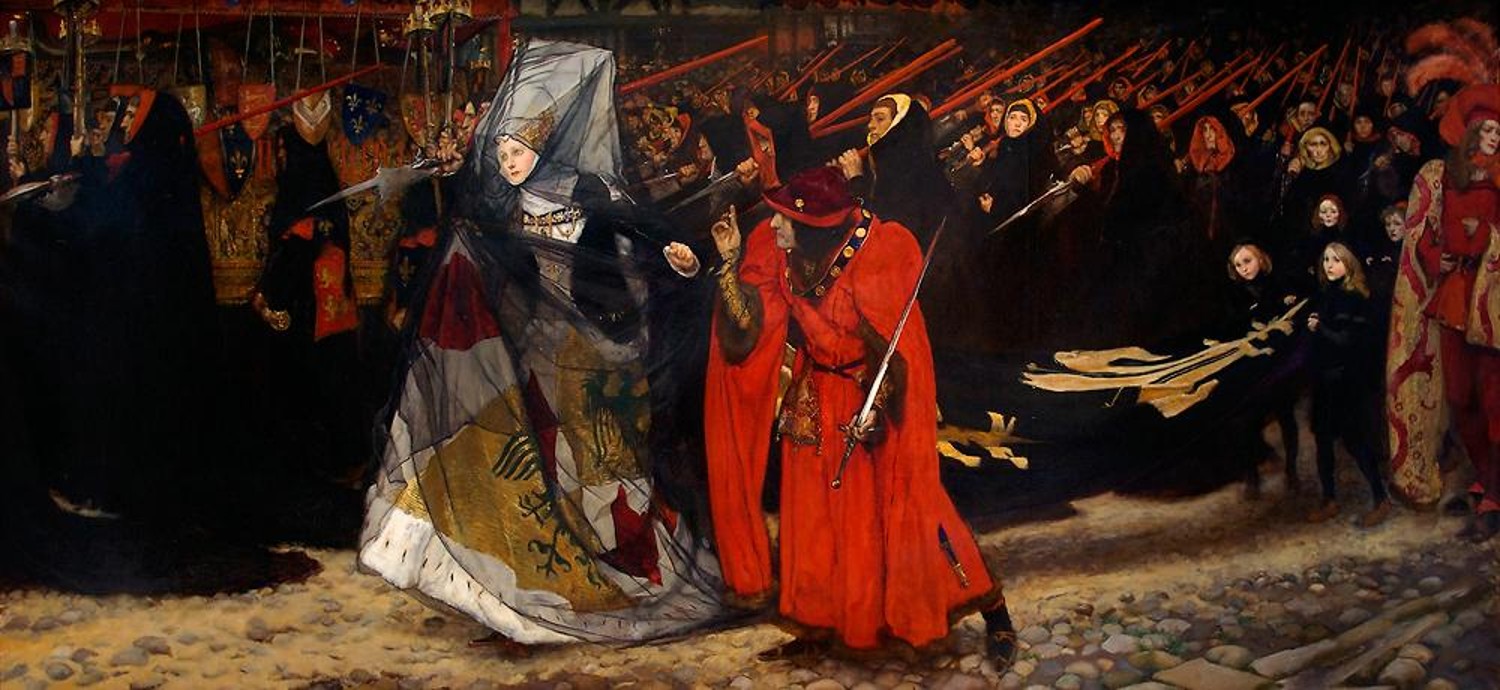
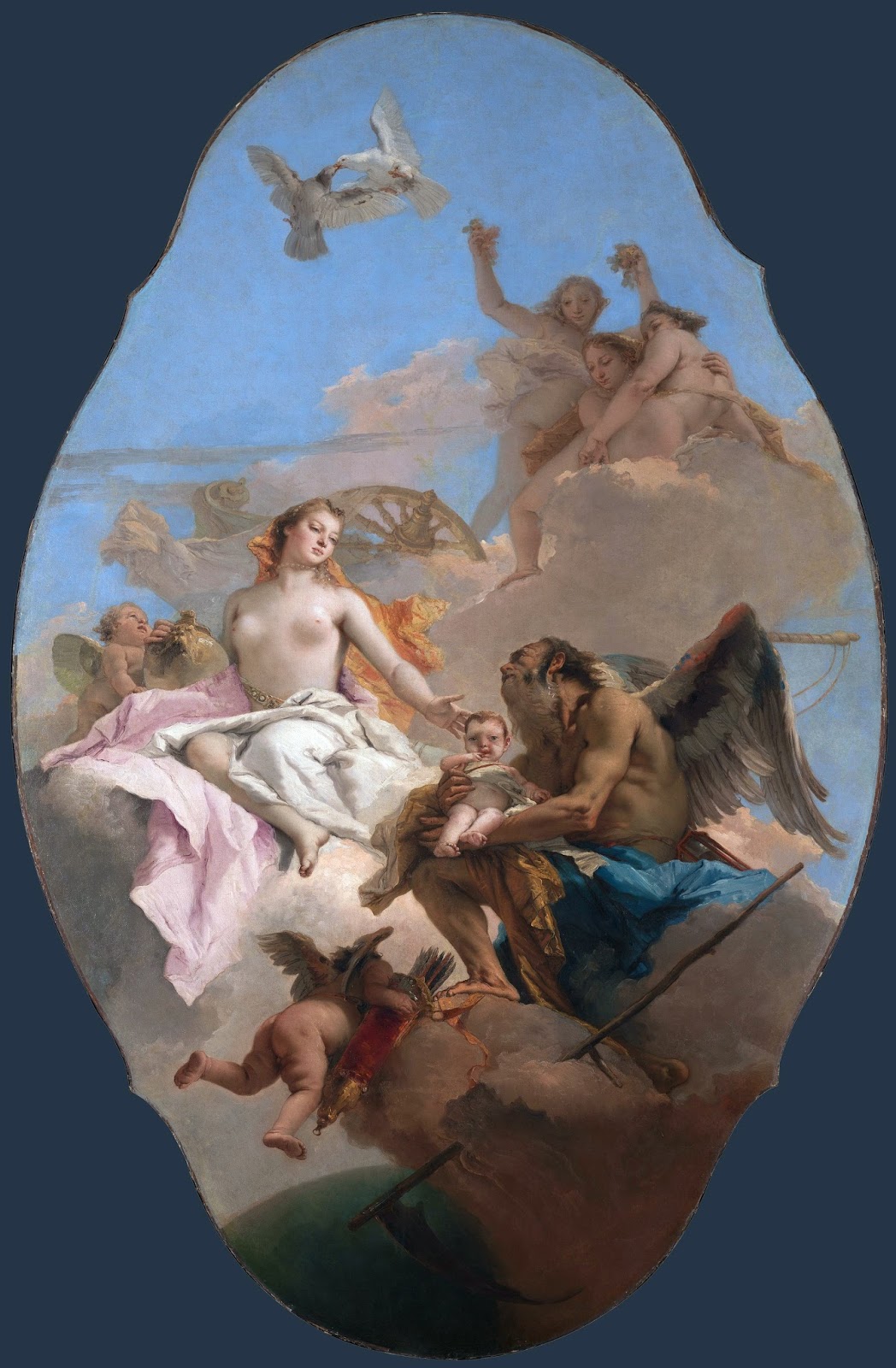
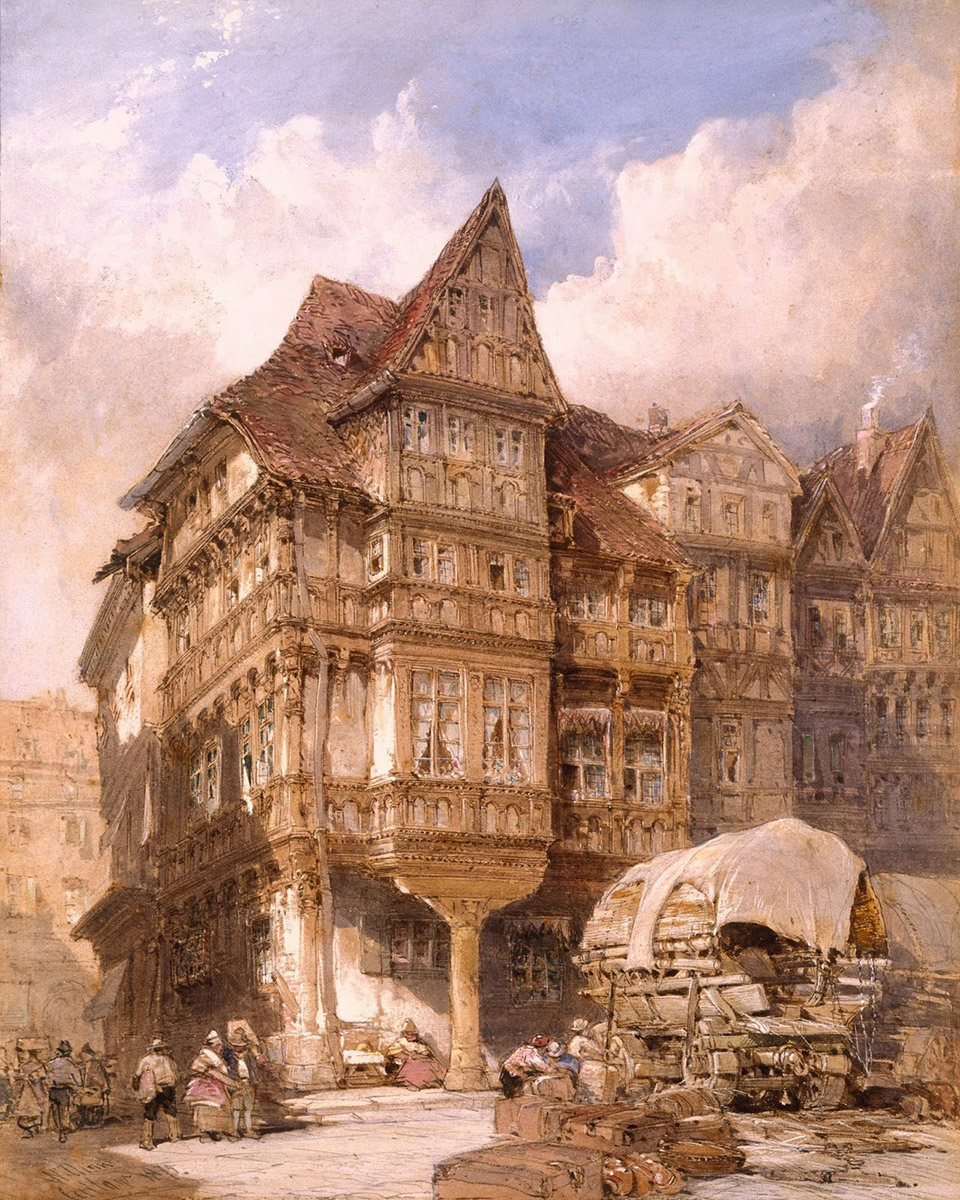
You've sent an arrow straight through my heart William. I also consider Breughel to be one of the finest illustrators, as we know the term, and designer, compositions are masterful, ever. A fun little read is “As Above, So Below: A Novel of Pieter Breughel.” It's a fictional biography of his life by Rudy Rucker of all people who is a scientist and wrote some really trippy surreal fantasy/sci fi sort of stuff.
Nice profile of one of my favorite artists.
Something about the composition, mood and scope of those winter scenes is particularly mesmerizing.
James Gardner Art
Having recently been doing some layman's research into medieval clothing and colour usage, I was quite interested to find that Bruegel's work is a important resource for historians of that period, simply because he recorded everything in such wonderful and careful detail.
Thanks, WIlliam!
Great painter.
There's this cool painting at the Walters in Baltimore that offers a sort of “what if” look at what academic painting might have looked like if it pulled more from the Flemish tradition than the Italian one:
http://art.thewalters.org/detail/7985/the-edicts-of-charles-v/
My favorite renaissance artist! Vienna has the best Brueghel collection, worth a visit.
Bruegel also did an amazing series of surrealistic fantasy images, but I must admit, I don't find them nearly as compelling as his genre images….
Thanks everyone.
WOC
Bruegel also did an amazing series of surrealistic fantasy images, but I must admit, I don't find them nearly as compelling as his genre images….
Thanks everyone.
WOC
Bruegel has been an inspiration for me over the years, for everything from belt buckles to boot laces. An amazing document of details lost to time.
Bruegel has been an inspiration for me over the years, for everything from belt buckles to boot laces. An amazing document of details lost to time.
Thanks- I'll check it out!
Thanks- I'll check it out!
Indeed. There is one in the Metropolitan in NYC that I have seen , but Vienna is the home of Bruegel.
Indeed. There is one in the Metropolitan in NYC that I have seen , but Vienna is the home of Bruegel.
Indeed…he paints mood and atmosphere unlike anyone else….
Indeed…he paints mood and atmosphere unlike anyone else….